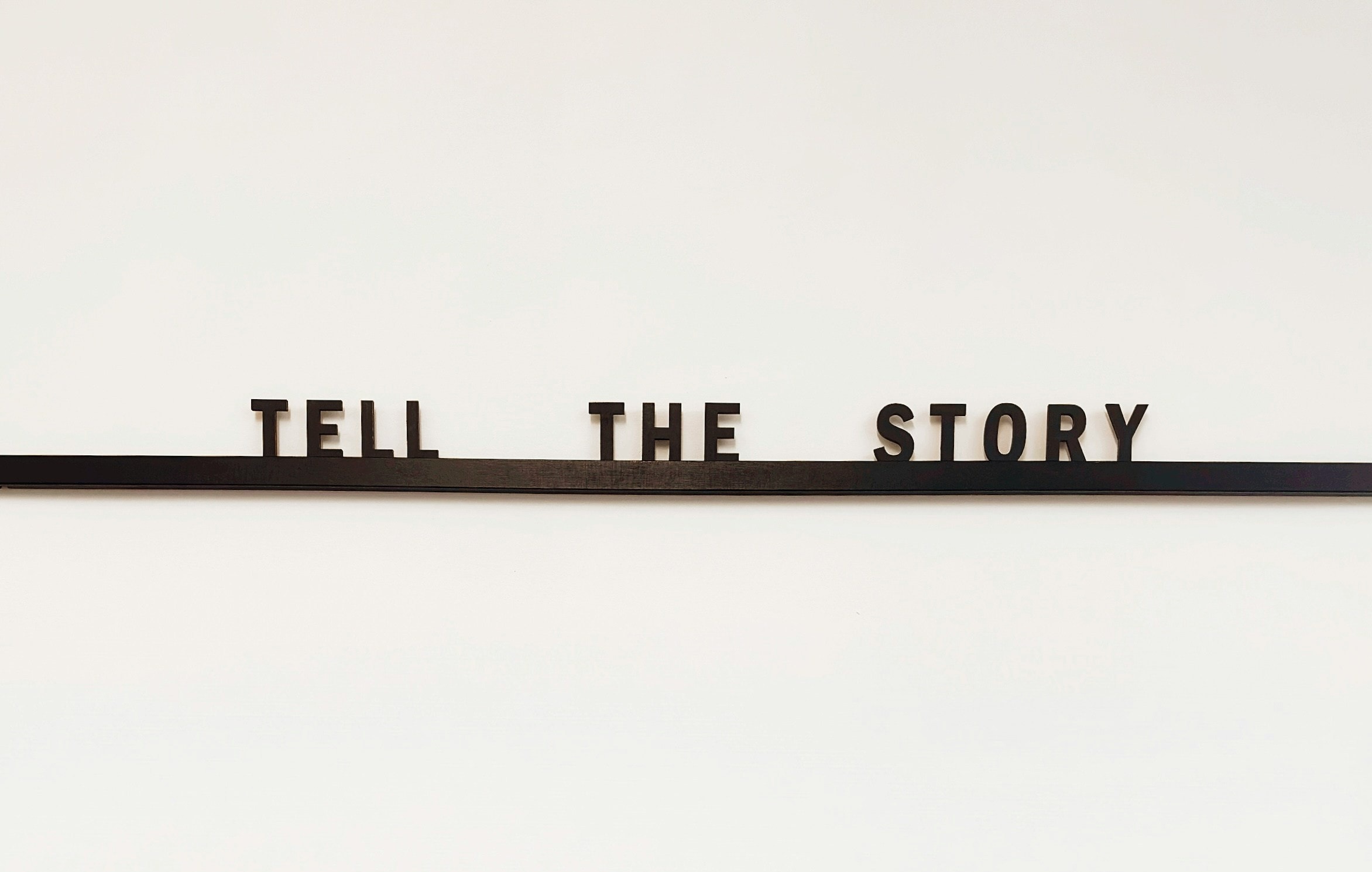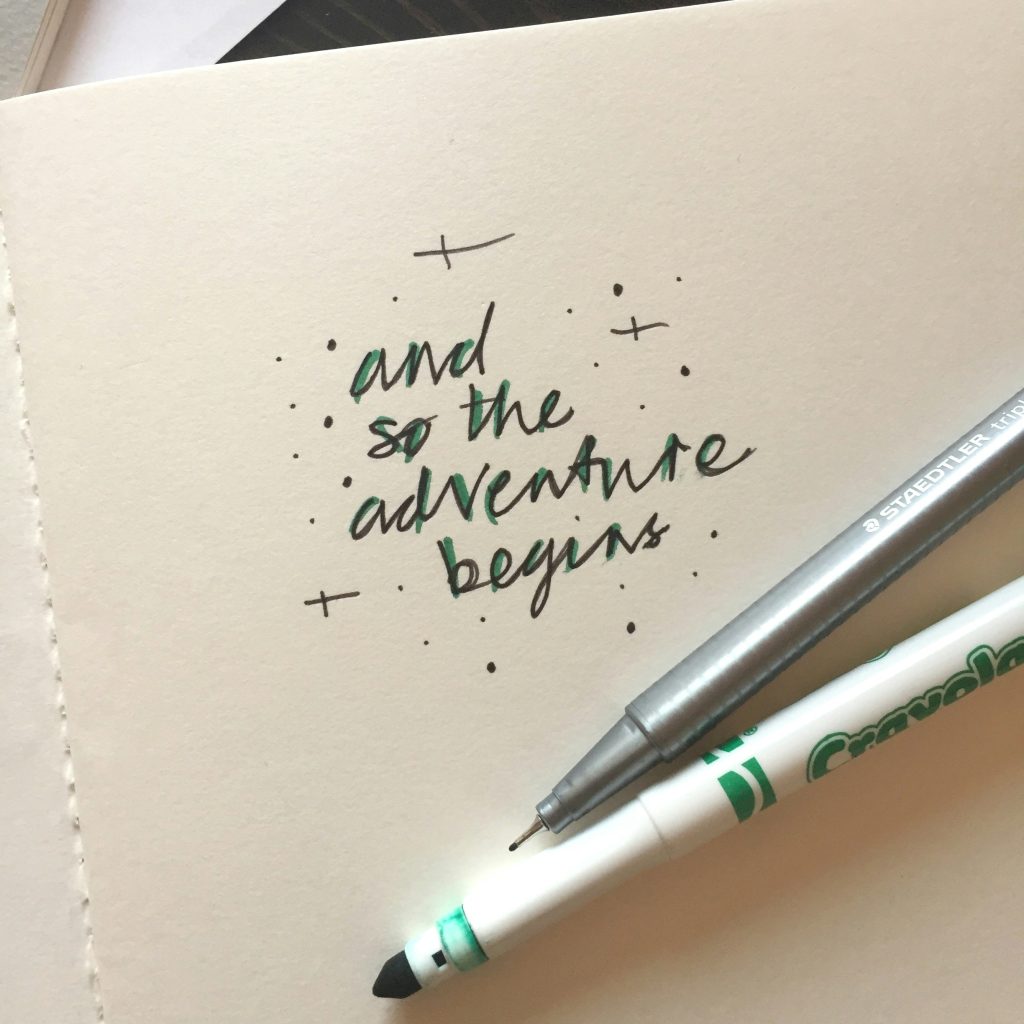Plotting a short story is about weaving together the key parts – exposition, conflict, climax, and resolution – in a way that feels natural and engaging. This guide will help you find story ideas and characters that bring your story to life.
Key Points
- A strong plot is the heart of any good short story, guiding your reader through challenges and resolutions and taking them on an emotional journey.
- Using a planner to get your ideas down can help you focus your inspiration and choose the best concept, making short story writing easier and more fun.
- The essential parts of a short story are exposition, conflict, climax, and resolution, which together create a smooth, satisfying narrative that resonates.
Short Story Writing Courses
If you’re looking to sharpen your short story writing skills, taking a focused course like the one offered at The Writing Quarter can be a great way to learn the essentials of crafting compelling short fiction. Their short story writing course guides you through everything from coming up with interesting ideas to understanding how to structure your story and develop memorable characters—all within the tight space that short stories require.
You’ll learn how to hook readers from the start, build tension as the story unfolds, and wrap things up in a way that feels satisfying. Many courses also offer tips on editing and polishing your work, helping you find your own voice as a writer. Plus, being part of a course where you can share your work and get feedback can really boost your confidence.
Whether you’re just starting out or have some experience, a course like this can help you find your own style and write short stories that truly connect with readers.
Why Plot Matters in Short Stories
What makes a short story truly memorable? For most, it’s the plot – the thing that keeps them hooked, wanting to know what happens next. Plot isn’t just a list of events; it’s the backbone of your story, providing structure and flow that turns a series of moments into a meaningful experience.
A well-crafted plot shapes the emotional journey and reflects hopes and struggles. It’s a roadmap for your characters, guiding them through challenges and resolutions to give your story purpose. Without a solid plot, even the most interesting characters and settings can feel scattered and confusing.
Think of your story outline as the skeleton of your story. It organises many stories into a coherent and engaging narrative that connects with your reader. Master this, and you can write stories that entertain and leave a lasting impression.
Finding Your Short Story Idea
Every great short story starts with a spark of inspiration. Where do you find that elusive concept? The truth is, inspiration can come from anywhere – personal experiences, real-life occurrences, or even a creative prompt that sparks your imagination.
Short story writers should keep an open mind to all kinds of inspiration. Sometimes, the most ordinary moments can lead to extraordinary stories. But having too many thoughts can be overwhelming. That’s where a planner comes in. Getting your thoughts down helps you narrow down your options so your best concepts don’t get lost. New writers, in particular, benefit from having a clear and manageable theme.
You don’t need a full-length novel concept; most stories start with a simple structure that’s perfect for fiction. Using novel writing techniques can also help hone your skills. Understanding short story structure and world-building is key for those who want to write compelling narratives. The best way to improve is to write regularly.
So, grab your planner, jot down your thoughts, and see which one excites you the most. Once you have your own story concept, you’re ready to move on to the next step.
Short Story Elements
With your idea in hand, it’s time to look at the key parts that make up a story. At its core, a short story includes these main elements:
- Exposition
- Conflict
- Climax
- Resolution
- Plot outline
These form the framework that carries your story from start to finish.
The exposition introduces your characters and setting — the foundation of your story. Not every short story has a long exposition, but many start with a catalyst that sets things in motion. Your opening scene should clearly establish the time and place, provide important details about your characters, and hint at the main challenges ahead.
As your story unfolds, you’ll move through:
- Rising action — where conflicts and obstacles build tension.
- Climax — the turning point where the main conflict reaches its peak.
- Denouement — where tension eases and consequences unfold.
- Resolution — where loose ends are tied up and the narrative concludes satisfactorily.
Crafting Characters That Live
Characters are the heart of your story. Creating interesting characters means focusing on their core beliefs, motivations, and desires. These details add depth and realism, making your main characters feel like people who matter.
A compelling character often has flaws and is driven by a central need or desire that shapes their choices. These needs usually tie to a ‘Lie’ they believe about themselves or the world — a misconception born from past experiences. As your story progresses, your character faces this lie, overcomes it, and grows into a changed person.
To develop your characters:
- Use tools like the Enneagram personality types to give them unique traits.
- Map out character arcs to plan how they evolve through your story.
- Make sure key traits of your main character shine in the first scene to set a strong foundation.
- Include interactions with other characters to reveal personality and conflicts.
- Focus on one character’s journey to deepen emotional impact and clarity.
Developing the Exposition
The exposition is your story’s entrance — introducing characters, setting, and background details that help others understand what’s to come. It sets the stage where your story’s main events will play out, giving context to fully immerse readers.
Creating detailed character profiles — including fears, motivations, and values — supports consistent character behaviour and keeps engagement strong.
A strong opening should:
- Set the tone and grab attention right away.
- Include a characteristic moment that reveals who your character is and influences perception.
- Establish a clear, vivid setting in the first scene to ground your story’s world.
- Introduce the ordinary world your character inhabits before the event that disrupts it.
Reaching the Climax
The turning point of the story — where conflicts reach their peak — is often the most thrilling part, where tensions explode and everything is on the line.
Here, your protagonist faces tough choices that decide whether they overcome their struggles or fail. Sometimes, a false victory tricks both the character and the reader, only to be overturned by the antagonist. This critical moment defines the outcome of the story and highlights key plot points.
This moment often leads the protagonist into their inmost cave — a metaphorical or literal place where they confront their deepest fears or challenges.
Falling Action
The phase after the climax gently eases the tension and starts to untangle the conflicts. It acts as a bridge between the story’s highest point and its resolution, giving both characters and readers a moment to catch their breath and reflect on what’s happened.
In this part of the story:
- The pace slows down, allowing for a pause after the intensity of the climax.
- Relationships begin to heal and loose ends get tied up, showing how characters respond to what they’ve been through and start to adjust.
- You often see characters growing as they process their experiences, revealing shifts in their thoughts, feelings, or outlook.
- The consequences of the climax unfold, setting the stage for how the story will finally wrap up.
- It smoothly transitions the story from high drama toward a satisfying close, avoiding any sudden or jarring changes.
- This section can include quiet moments of reflection or meaningful conversations that deepen the emotional impact and clear up any lingering questions.
By carefully shaping the falling action, you make sure the story feels whole and fulfilling, giving readers time to absorb the significance of what just happened before the story comes to an end.
Resolution
The resolution ties up your story by providing closure and showing the aftermath of conflict. In short stories, resolutions can be open-ended, leaving some things to the imagination.
Your protagonist’s journey might end with success, failure, or an important new understanding. When wrapping up plot threads, decide which are essential and which can remain mysterious.
Short fiction often benefits from a twist or surprise in the resolution to keep the story alive in the reader’s mind long after the story ends.
Exploring Different Plot Structures
Various plot structures can help shape your story. The hero’s journey, created by Joseph Campbell, includes stages like the Call to Adventure and Return, serving as a classic storytelling template. The Three-Act Structure breaks your narrative into Beginning, Middle, and End, which are essential for a strong story arc.
Freytag’s Pyramid has five key plot points:
- Introduction
- Rising action
- Climax
- Falling action
- Catastrophe
The Seven-Point Story Structure by Dan Wells starts with the resolution and works backwards, offering another way to plot a particular story.
The Fichtean Curve is another structure that focuses on rising action and peak without exposition or conflict escalation.
Tips for Short Fiction
Writing short fiction is a different skill from writing longer stories. Here are some helpful tips to write short stories that connect:
- Keep it tight and focused — every word, sentence, and scene should have a purpose, whether it’s moving the plot along or revealing character. Cut anything that doesn’t add to the story.
- Choose your words carefully — vivid, precise language can pack a punch, creating strong images and emotions without needing a lot of space.
- Write dialogue that feels real and meaningful. Let your characters speak in a way that shows who they are and moves the story forward, without filler or small talk.
- Show, don’t tell. Use actions, sensory details, and what’s left unsaid to bring emotions and themes to life, letting the reader read between the lines.
- Be prepared to revise. Writing short stories means paying attention to detail and clarity. Don’t be afraid to rewrite and polish your work — each draft will make your story stronger.
- Stick to one main character or a small group. It’s easier to dig deep into their motivations and conflicts when you don’t have too many characters to juggle.
- Build a story arc with key moments — a hook, rising tension, a low point where your character faces their biggest challenge, a climax, and a satisfying resolution.
- Even in a short story, create a sense of place. Use small but vivid details to paint the setting and mood, making your story richer.
- Keep a notebook or use your phone to jot down ideas, snippets of dialogue, or character quirks whenever inspiration strikes. Those little moments can spark your next big idea.
- Read lots of short stories to see how other writers handle pacing, conflict, and endings in a tight space. Learning from others can spark your own creativity.
- Make sure all the conflict in your story leads somewhere meaningful. Even in a short tale, the stakes and emotional journey should feel real and important.
- Try out different points of view and voices to find the best way to tell your story. Sometimes a fresh perspective makes all the difference.
- Use symbols and recurring ideas lightly to add depth and give those following your story something to discover beneath the surface.
- Avoid clichés and predictable endings by surprising readers with unique twists or unexpected choices your characters make.
With these tips in your toolbox, you’ll be well on your way to writing short fiction that sticks long after it ends. Remember, the more you practise and welcome feedback, the better your stories will get.
Summary
Mastering how to plot a short story means understanding and using parts like exposition, catalyst moment, rising action, climax, falling action, and resolution. Following a clear short story structure and drawing inspiration from great stories helps you write engaging, unforgettable stories. So take these tips, get creative, and start writing stories that captivate and resonate.
Frequently Asked Questions
Why is the plot so important in short stories?
The plot is vital because it keeps attention and gives your story emotional depth and direction. Without a strong plot, your story can feel aimless and lose its impact.
How do I find an idea for my short story?
Look to your own experiences or everyday moments. Using a planner helps organise these ideas and find the ones that inspire you most.
What are the key elements of a short story plot?
The key elements are exposition, conflict, climax, and resolution. Together, they create a smooth, engaging narrative.
How do I create fictional characters that feel real?
Start by understanding their core beliefs and motivations. Give them flaws and unique traits, and consider personality tools like the Enneagram to add depth.
What role does the inciting incident play?
This event disrupts the ordinary world of your main character, propelling them into the central conflict and setting the story in motion.






